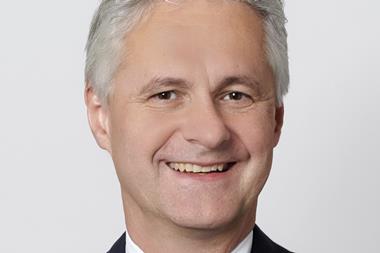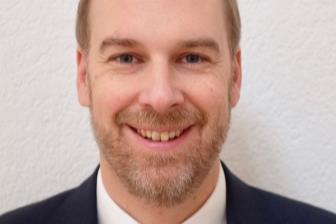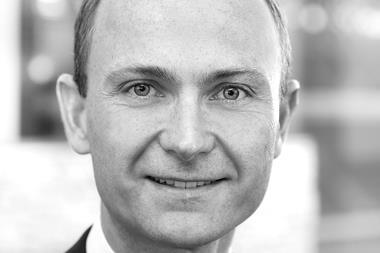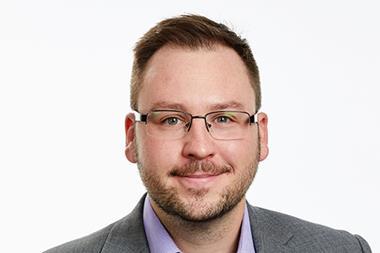Pension funds and other investors in general are looking at private debt as an interesting alternative ”for illiquidity premia” in Switzerland and beyond, Anna Demarmels, head of business development at IFM Investors Switzerland, told IPE.
IFM – an asset management company owned by 23 Australian superannuation pension funds – runs a global infrastructure debt business, as the asset class becomes a predominant investment outside of investors’ fixed-income portfolios.
“Alternative credit has become a much more relevant play for those investors that can afford to set aside some illiquidity,” she added.
Low yielding fixed income is pushing investors to switch to other asset classes, but the process may take time. IFM has seen those shifts taking place and infrastructure has certainly been a recipient of that allocation, she said.
She added: “It has changed a lot over the years and has become a competitive asset class.” Pension funds are increasingly interested in the benefit of an open-ended structure and “allocating that way is increasingly popular,” she continued.
IFM tackles infrastructure as an asset class with an open-ended approach, she explained. “It means we don’t have a start and an exit” and that is appealing to pension schemes because it fits with long-term asset liability matching.
In a paper on investment opportunities in infrastructure debt in a post-COVID recovery phase, IFM said it may lend at the holding company level (HoldCo) of a business, if returns are potentially attractive and the underlying credit fundamentals of the asset are strong.
It mentioned as an example providing debt to a waste-to-energy facility with a long-term concession in the form of waste supply contracts, or a regulated utility protected by
a regulatory framework.
IFM may also consider senior debt obligations of riskier business driven by a larger trend at regional level, for example battery storage, a relatively new technology that can play a role in seeking to meet renewable energy targets, it said.
A mixed landscape
The decision taken by the Swiss government last year to change the law to create a standalone asset category for infrastructure investment with a 10% asset allocation ceiling can so lead to new investment opportunities, Demarmels said.
“It has opened up a discussion on whether to invest in infrastructure if it fits within an asset allocation. I think it will take time for investors to switch to infrastructure more significantly, but it gives investors the option to consider infrastructure as an asset class for investments,” she noted.
But there are also pension funds new to the asset class and “we take them through the approach [to see] what to expect,” she explained.
Five pension funds – including Aargaurische Pensionskasse (APK), the Pensionskasse for the Swiss canton of Zurich (BVK), Migros Pensionskasse, the Pensionskasse for the employees of the Canton of Lucerne (LUPK), and the Pensionskasse of the Canton of Solothurn (PKSO) – invested over CHF600m in green infrastructure through the Avadis Clean Energy Infrastructure fund structured within the company’s investment foundation.
Investing in open-ended vehicles resonate with pension funds in Switzerland, which have on average 20% of their portfolios allocated to real estate, and use Immobilien Anlagestiftung, or a real estate investment foundation, as an open-end fund vehicle.
IFM actively manages the investee companies for the long term as it “continuously reinvests in them” to make sure they remain robust and resilient, Demarmels said.
Australia and Switzerland seem to follow a similar trajectory but at different points in time. “When we started to invest in infrastructure in Australia, our owners were interested in investing in the domestic market they knew, the state they knew, in infrastructures they knew. But then the amount of allocation increased [and] they started to look outside Australia and invest globally,” she said.
Swiss pension funds can start to lift investments in infrastructure to move beyond domestic borders if markets become too small. The difference between the two countries, however, is that pension funds in Australia today have an allocation of up to 10-15% in infrastructure, a very high share compared with Switzerland, she continued.
Out of IFM’s global total assets under management ($130bn) 45% re invested in infrastructure; outside of Australia the fund manager is purely focused on private markets.
IFM also invests through a global infrastructure fund, which recently signed a joint venture agreement with Deutsche Telekom for fibre rollout in Germany.
S and G
IFM has observed how the push toward green investment strategies has accelerated, including for pension funds, as a consequence of regulatory requirements, among other things.
“We are focused on transitioning our infrastructure assets to help ensure they can continue operating in a net zero world. Governance in our ownership is key to know how to influence the company,” Demarmels said.
The S and the G in ESG are “incredible important” for owners of infrastructure companies providing essential services such as water, electricity, and roads, like IFM: “You own assets that are critical for communities and economies,” she said.
The emphasis on S and G is a “healthy way to look at companies” to make sure those factors are integrated in those companies’ business models.
Read more





























No comments yet